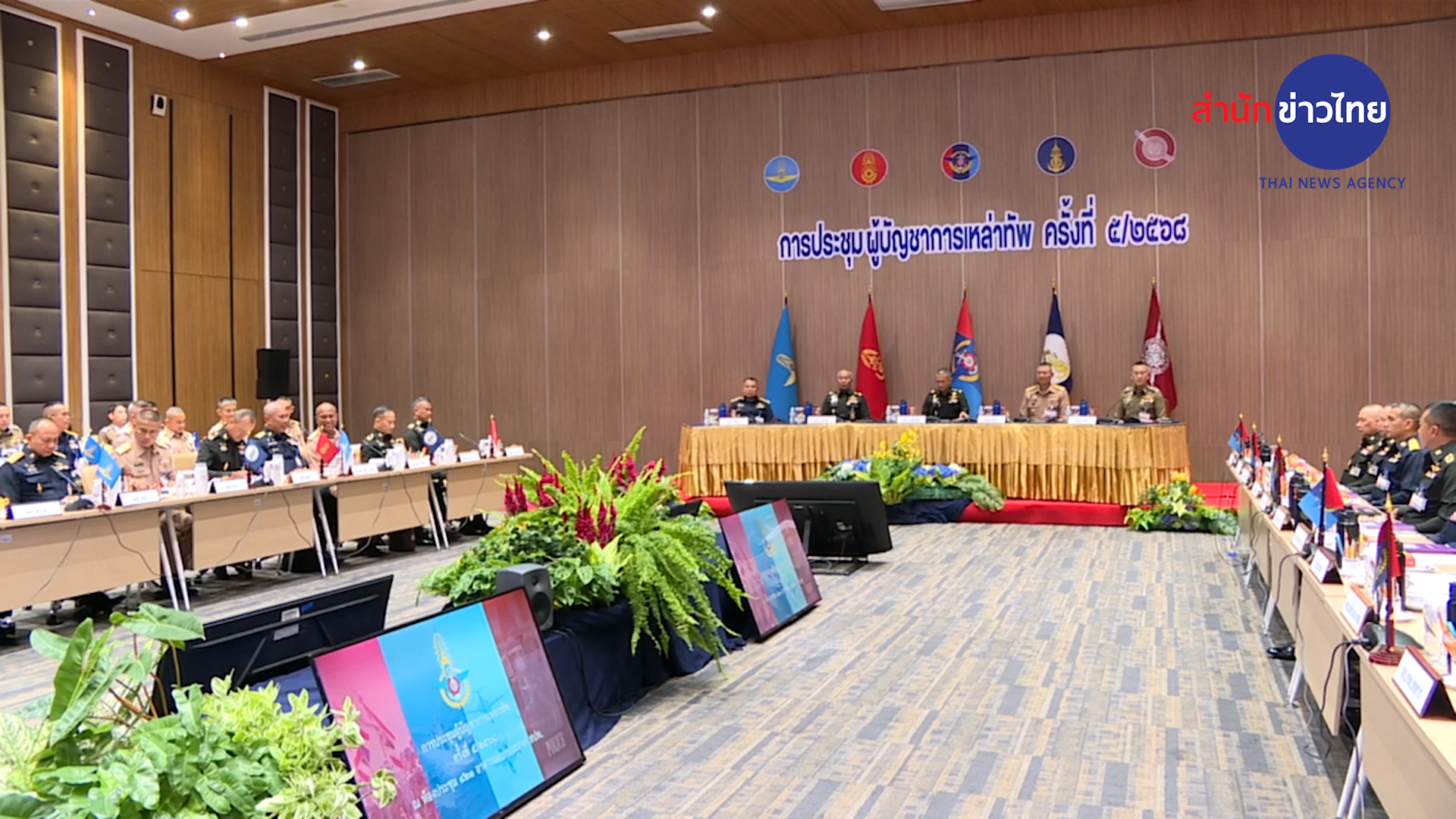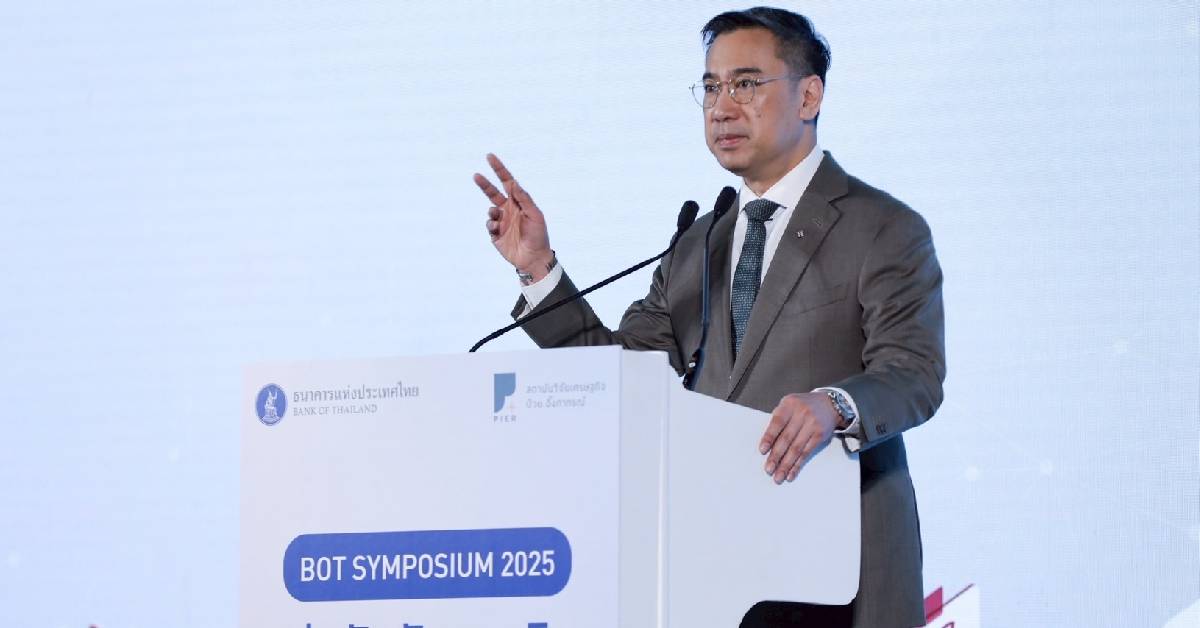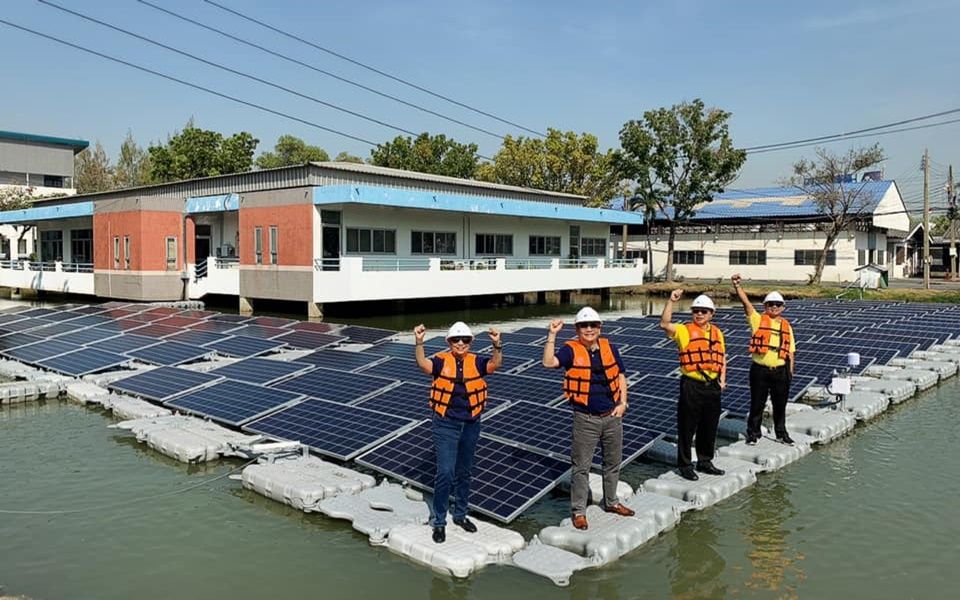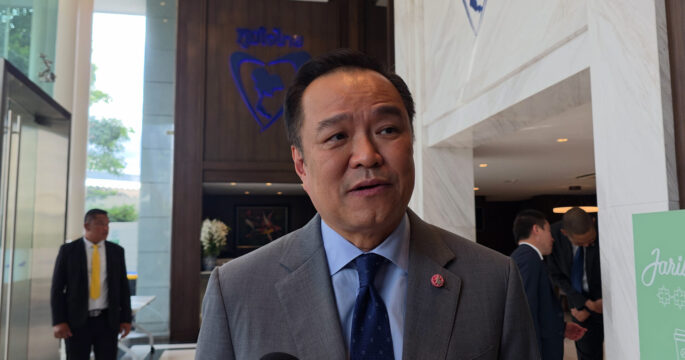BANGKOK, Dec 13 (TNA) — The Museum of Fisheries of Kasetsart University becomes the world’s first net zero energy museum thanks to floating solar arrays installed by BCPG PCL.
BCPG is a leading company in renewable energy with solar power, wind power and geothermal power businesses in Thailand, Japan, the Philippines and Indonesia.
Thon Thamrongnawasawat, deputy dean of the university’s faculty of fishery, said BCPG installed floating solar panels with the electricity-generating capacity of 39.5 kilowatts free of charge in the pond of the museum to support a study on the environmental and fishery impacts of floating solar farms that were being promoted in the country.

With its solar farm, the Museum of Fisheries did not have to consume electricity from the Metropolitan Electricity Authority at day and it could also supply power to other buildings, he said.
“This will cut the power cost by 244,550 baht a year. It is equivalent to the reduction in greenhouse gas emissions by 58.4 tons a year or a reforestation area of 43.8 rai. This dream project now comes true,” Mr Thon said.
BCPG president Bundit Sapianchai said the net zero energy building depended completely on the electricity that it generated from renewable energy and was a model for future application in areas with ponds and lakes in the country.
The project supported the faculty of fishery in researching on the farming of freshwater animals under floating solar panels. The research would be highly beneficial to future projects to use solar farms to support agriculture, he said.
The Museum of Fisheries is the best of its kind in Southeast Asia, keeping 350,000 samples of aquatic creatures. (TNA)
















